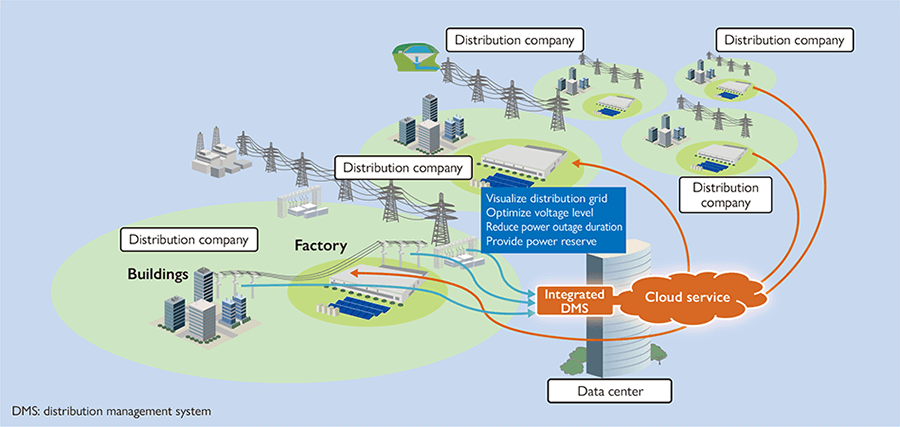1. Changhua Off shore Wind Power Project of Taiwan Power Company 5.2-MW Wind Power Generation Systems
Taiwan has announced a four-year plan for the promotion of wind power generation that is aimed at accelerating the introduction of renewable energy. The goal under this plan is to introduce offshore wind power facilities with a cumulative total generation capacity of 5.5 GW by 2025. In response, to increase production Taiwan Power Company, the nation's electricity utility, has launched a plan to construct an offshore wind farm off the coast of Changhua County, having set a target of 1 GW of installed capacity for offshore wind power generation by 2025, rising to 1.8 GW by 2030.
Hitachi has signed a contract with Taiwan Power Company to supply the Changhua Offshore Wind Power Project with 21 5.2-MW wind turbines (109.2 MW in total), the scope of which extends from system construction to installation and a five-year operation and maintenance (O&M) contract. The turbines will be installed offshore of Fangyuan Township in Changhua County. The work being undertaken by Hitachi accounts for roughly one-third of the total project value of 25 billion New Taiwan dollars (approximately 94 billion yen).
The large HTW5.2-127 wind power generation systems to be supplied to the Changhua Offshore Wind Power Project have a blade length of 127 m and a rated power of 5,200 kW, and are designed to cope with earthquakes and tsunamis as well as typhoons and other strong gusts. The systems will be manufactured during 2019 and early 2020, with commissioning to take place from the summer of 2020 for completion by the end of December.
1. 5.2-MW wind turbine for Changhua Offshore Wind Power Project and cutaway drawing of nacelle interior









